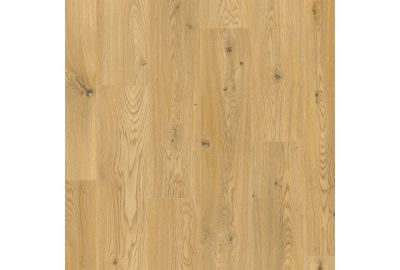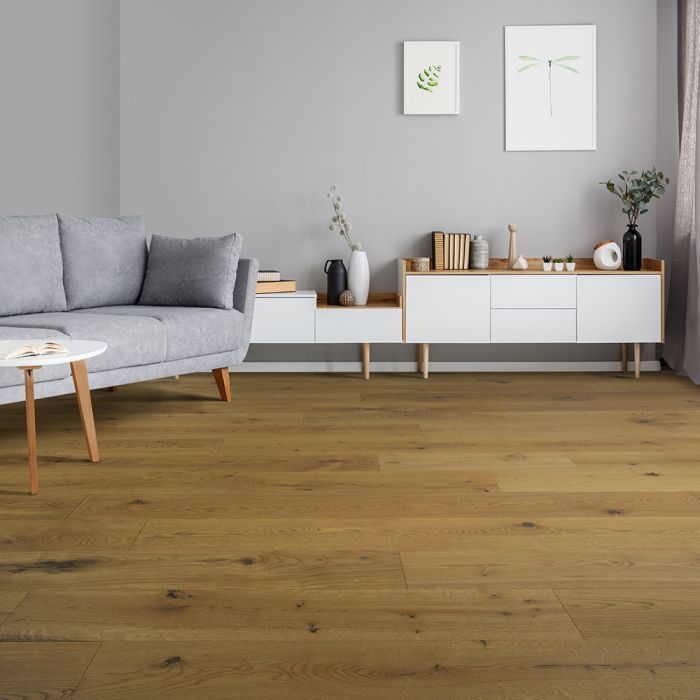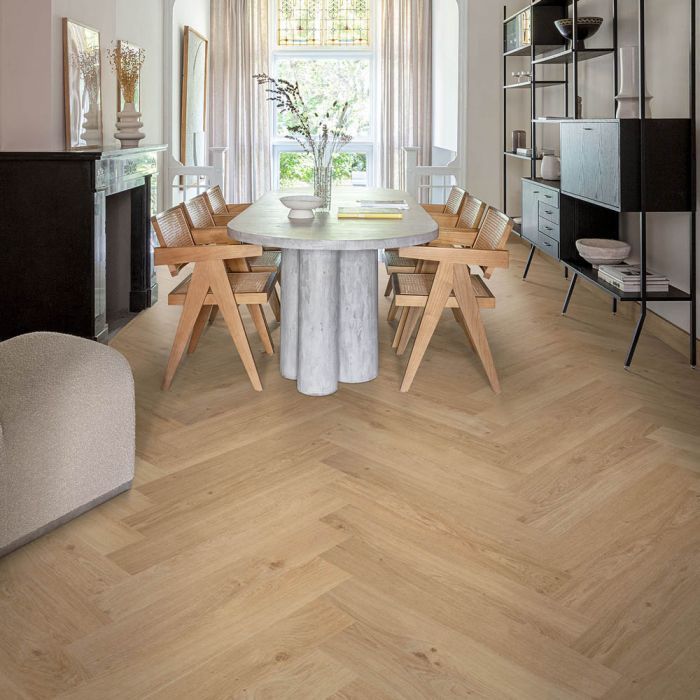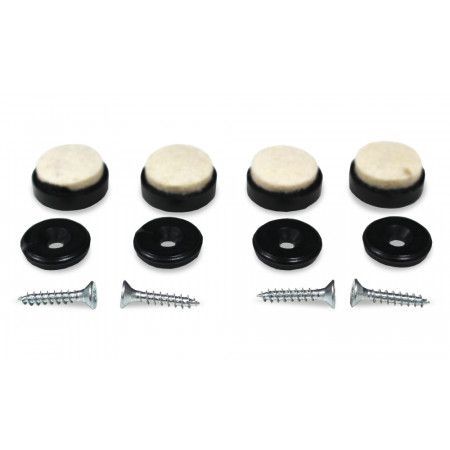Wood flooring comes in a variety of species consisting of different colours, grains and hardness to meet individual requirements. As all hardwood flooring is a natural product there will be slight variations in colour and grains with any species of wood. A unique look can be achieved by adding stains and finishes once the floor has been installed. Most wood flooring is available in solid wood or engineered wood format, with either a tongue and groove or click system profile. Some species of wood are also available in parquet block.
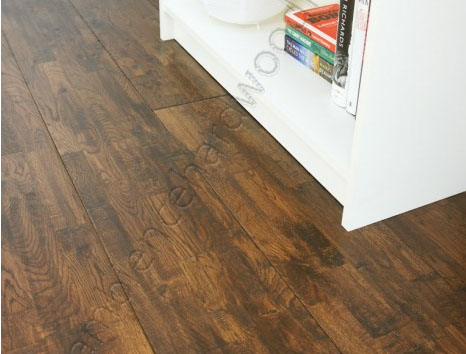
Prices of hardwood flooring can vary significantly due to the species of wood. Generally, the rarer the species the more expensive it will be. For example, Oak is a common wood species to use for flooring so is reasonably priced, whereas Walnut can be significantly more expensive because of its rarity. Below is a brief description of some of the more popular species of wood flooring.
Ash
There are over 50 different species of Ash trees growing in Europe, North America, North Africa and some parts of Asia. Ash flooring is pale in colour and has distinctive patterns and markings. It has a similar grain to oak but is much lighter in colour.
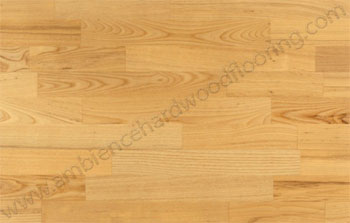
Bamboo
Bamboo, which originates from China, is a grass not a wood. Bamboo provides very environmentally friendly flooring as it grows very quickly so can be harvested every 3-5 years, unlike 15-25 years for most wood. It is available in different patterns (horizontal, vertical or strand woven), colours and finishes, and it is very durable.
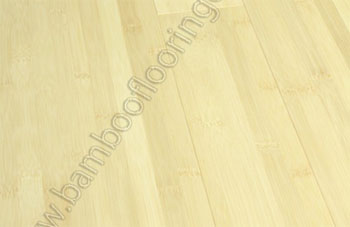
Beech
Beeches are large trees which are native to Europe, Asia and North America. Beech flooring has a subtle grain pattern with a combination of light, pale creams and speckles of brown to add a unique character.
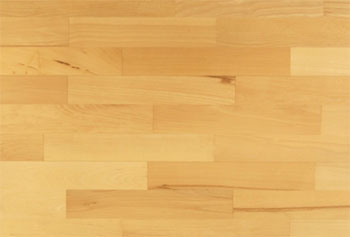
Blacknut
Blacknut flooring is a great alternative to Walnut flooring as it is slightly harder and more durable, but still offers rich dark brown colours contrasted with intense creams.
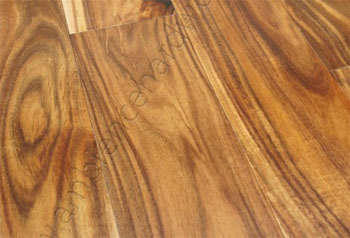
Cherry
There are many different species of Cherry trees growing across the world in Europe, North Africa and parts of Asia. Cherry flooring has distinctive blends of deep oranges contrasting against pale creams to offer warmth to your room.
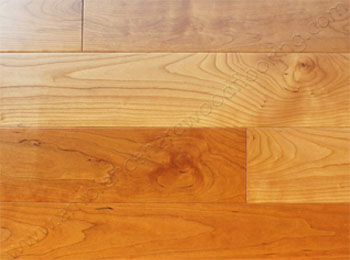
Hickory
There are around 15 species of Hickory trees native to China, India, the United States of America, Canada and Mexico. Hickory flooring offers a rustic and distressed look.
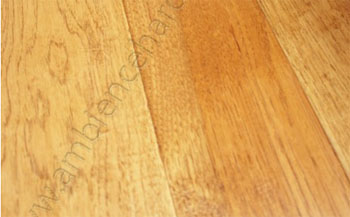
Jatoba
Jatoba trees, or Brazilian Cherry as they are sometimes known, are native in many places across the world including: Central America, the West Indies and Brazil. Jatoba is more exotic flooring offering vibrant, rich, reddish tones with the added benefit of extreme hardness and durability.
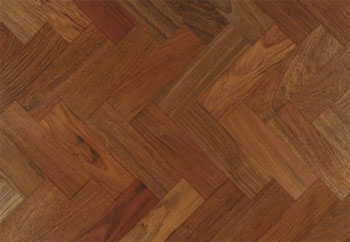
Kempas
Kempas trees originate from Indonesia and Malaysia. Kempas flooring can sometimes be mistaken for Jatoba because of its vibrant reddish brown colour; however it has a much more contrasting colour range.
Lapacho / Ipe
Lapacho trees are native to Central and South America. Lapacho, or Ipe as it is sometimes known, is very durable, dark olive brown flooring with an irregular grain pattern.
Maple
There are over 120 species of Maple trees that are native to Asia, Europe, Africa and North America. Maple flooring offers gradual gradients of cream shades combined with flecks of dark and light brown to add warmth.
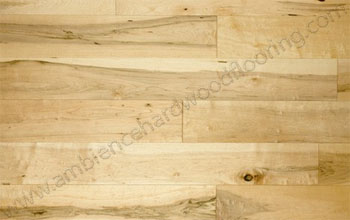
Oak
Oak trees are native to Britain, however there are hundreds of different species that can be found across the world. Oak is a popular and fashionable choice for flooring because of its distinctive characteristics, offering pale golden tones with a unique grain pattern.
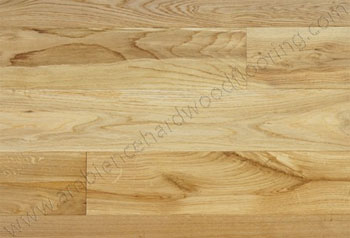
Walnut
Walnut trees can be found worldwide including Asia, America and Europe. Walnut flooring is easily recognised with its combination of deep rich browns, pale cream highlights and distinctive knots. It is considered luxury flooring.
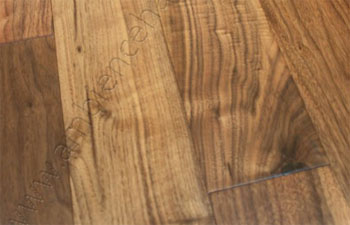
Janka Hardness Scale
There are a few ways of measuring the hardness of any species of wood in the UK. One of the most common methods is the Janka hardness test. It measures the hardness of a wood species in comparison to other species, and determines whether it is suitable to use as flooring. The Janka hardness test measures the hardness of wood by pushing a steel ball, of predetermined diameter (11.28mm), into the wood. The measurement is taken relative to the force needed to press the ball into the wood a depth of half the ball’s diameter. Below is a Janka hardness scale for some species of wood flooring:
The higher the number, the harder the floor surface. For questions relating to any Ambience Hardwood Flooring products, telephone 0116 2741050 or email mail@ambiencehardwoodflooring.com. Thanks for reading.

